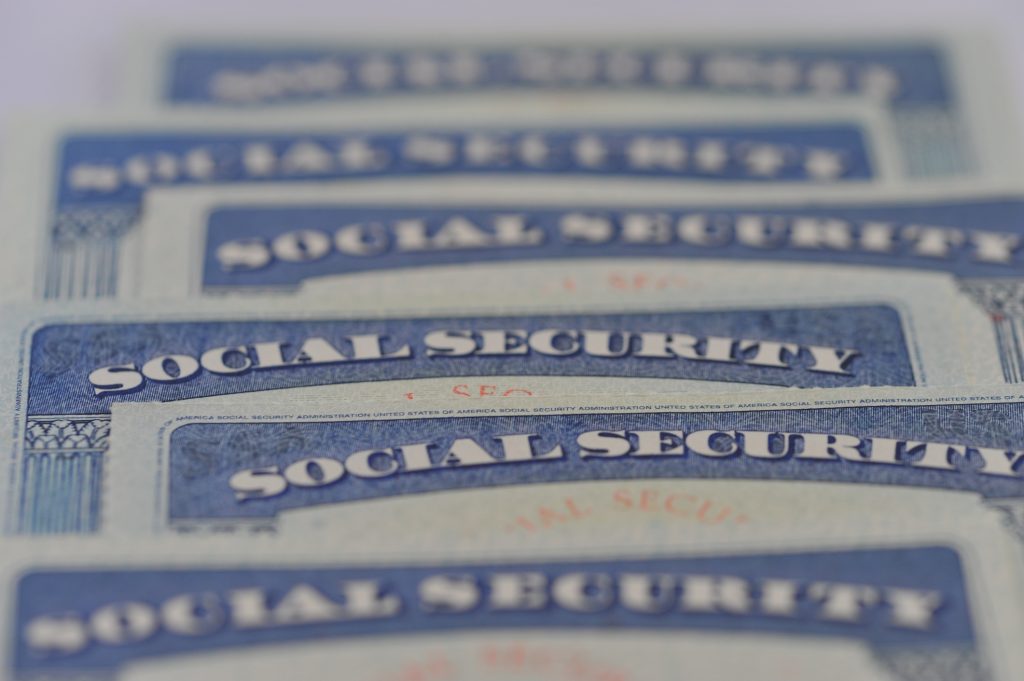
Image source: The Motley Fool/Upsplash
It wasn’t so long ago that mortgage rates were creeping up toward the 8% mark. Such was the case last November, in fact.
But thankfully, mortgage rates have been falling in recent months. And in September, they hit 6.09% — their lowest level since February of 2023.
In light of this, you may be thinking of refinancing your mortgage if you got one at a higher rate. And if so, you should know that shopping around is a great way to save money on a new loan. Click here for our list of the top mortgage refinance lenders to compare rates and loan offerings.
But before you refinance, you’ll want to ask yourself these key questions to make sure it’s the right choice for you.
1. Do I plan to stay in my home for many more years?
Refinancing a mortgage could lead to a lower interest rate on your home loan — and lower monthly payments. But there’s a cost to refinancing — or, more accurately, numerous costs, from application fees to recording fees to all sorts of things in between.
All told, closing costs on a refinance could easily end up totaling 2% to 5% of your loan amount. For a $200,000 mortgage balance, that’s $4,000 to $10,000. So it’s important to make sure you plan to stay in your home long enough to recoup those fees and then reap some financial benefit afterward.
Say you’re charged $5,000 to refinance your mortgage, but your new loan results in monthly payments that are $200 lower than what you’re paying now. That means it’ll take you 25 months of lower payments just to break even on your $5,000 outlay.
If you expect to move in two years, refinancing won’t make sense. You’ll actually lose money in that case. But if you expect to be in your home another 10 years, it’s a different story. In that case, after 25 months, you’re saving money every single month you stay put.
2. Is my credit score in good shape?
The higher your credit score, the more likely you are to qualify for a great refinance rate. So before you apply for a new mortgage, check your credit score.
If it’s in the mid-700s or higher, you’re in great shape to not only get approved for a refinance, but snag a competitive rate along with it. If your score is in the lower 700s, you’re still in good shape, but a slight boost could leave you paying less interest on your new loan.
And if your credit score is below a 700, you may want to work on giving it a more substantial lift before you apply for a new mortgage. You can boost your credit score by being on time with debt payments and reducing credit card balances.
Checking your credit report for errors is also important. A mistake that leads lenders to believe you’re a risky borrower — like a delinquent debt you never actually racked up — is something you’ll want to correct.
3. Can I afford to wait for rates to come down even more?
Mortgage rates are more competitive today than they were for much of the year. But in the coming months, borrowing rates across a variety of loan products, mortgages included, are expected to fall as the Fed continues to lower its benchmark interest rate.
Last month, the Fed made its first rate cut in years, and it’s likely to be the first cut of many. If you can afford your current mortgage payments, you may want to wait until later in 2024 or early 2025 to refinance. That could result in an even lower interest rate on your new loan.
However, if you’re struggling to make your mortgage payments today and can potentially lower the interest rate on your home loan by about 1% or more based on current rates, then refinancing immediately may be your best option. You don’t want to risk falling behind on mortgage payments and damaging your credit in the process. Plus, in an extreme situation, falling behind on mortgage payments could put you at risk of foreclosure.
It’s natural to get excited about refinancing given where mortgage rates are at today compared to roughly this time last year. But before you apply for a new home loan, run through these questions to make sure that’s a move that makes financial sense.
Alert: highest cash back card we’ve seen now has 0% intro APR into 2026
This credit card is not just good – it’s so exceptional that our experts use it personally. It features a 0% intro APR for 15 months, a cash back rate of up to 5%, and all somehow for no annual fee!
Click here to read our full review for free and apply in just 2 minutes.
We’re firm believers in the Golden Rule, which is why editorial opinions are ours alone and have not been previously reviewed, approved, or endorsed by included advertisers.
The Ascent does not cover all offers on the market. Editorial content from The Ascent is separate from The Motley Fool editorial content and is created by a different analyst team.The Motley Fool has a disclosure policy.
 marketbeat.com
marketbeat.com fool.com
fool.com benzinga.com
benzinga.com



